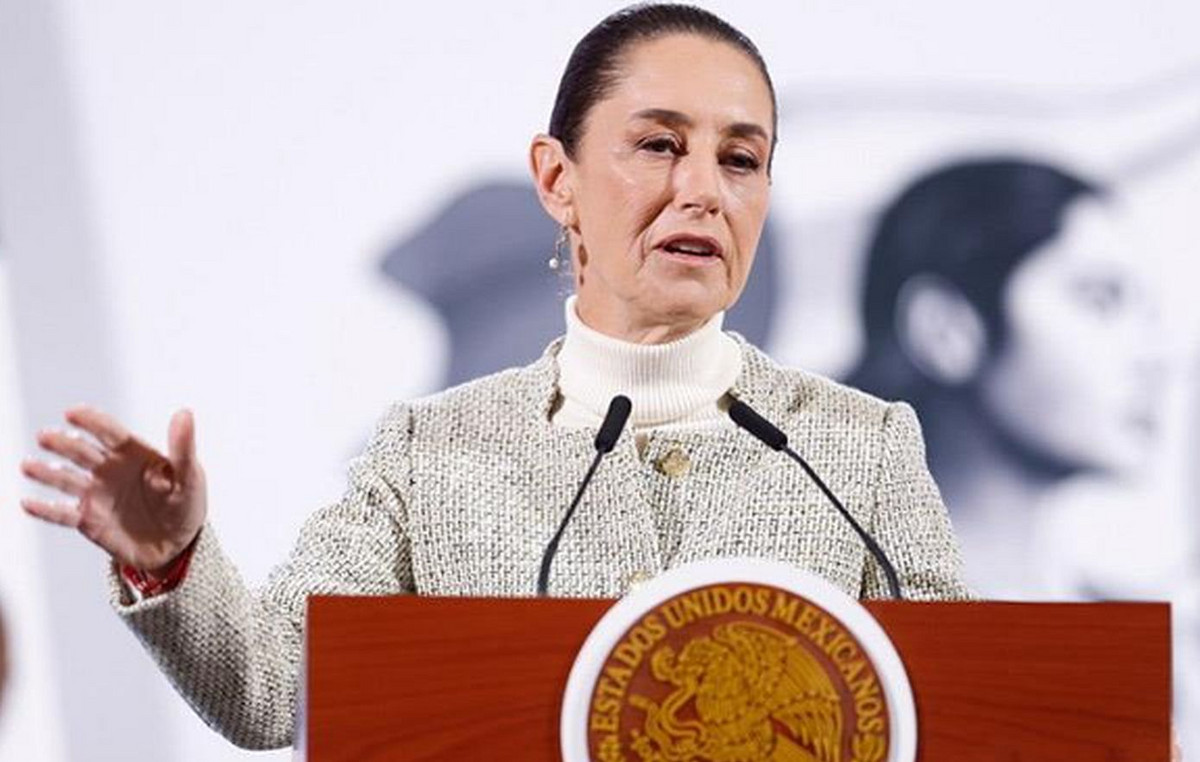- The WTI price falls about $ 67.15 in the early Asian session on Thursday.
- The inventories of crude oil in the US increased by 7,070 million barrels in the week that ended on July 4, 2025, the EIA said.
- The surprising increase in US inventories and tariff uncertainty weigh on the price of WTI; Attacks in the Red Sea could help limit their losses.
The West Texas Intermediate (WTI), the referent of the US crude oil, trades around $ 67.15 during the first hours of Asian negotiation on Thursday. The price of WTI loses land amid concerns about the weakness of demand after a surprising increase in US crude oil inventories.
The US crude oil inventories increased last week for the second consecutive week, the greatest increase since January. The Weekly Report of the US Energy Information Administration (EIA) showed that crude oil reserves in the US for the week that ended on July 4 increased by 7,070 million barrels, compared to an increase of 3,835 million barrels in the previous week. The market consensus estimated that reserves would decrease by 2 million barrels.
In addition, uncertainties around the potential impact of US tariffs on the main commercial partners could contribute to the decrease of the WTI. The US president, Donald Trump, presented a new round of tariff demand letters on Wednesday. In addition, its announcement of a 50% tariff on copper imports and plans to impose new tariffs on semiconductors further deepened the existing risks in the market.
On the other hand, the growing geopolitical tensions in the Middle East could boost the price of WTI. The attacks in the Red Sea, a key route for the transport of crude oil from the Middle East to Europe and Asia, were renewed last week. Reuters reported that rescuers took six members of the Red Sea life crew on Wednesday and 15 were still missing from the two ships sunk in recent days in attacks claimed by the Hutí militia aligned with Iran de Yemen after months of calm.
WTI oil – frequent questions
WTI oil is a type of crude oil that is sold in international markets. WTI are the acronym of West Texas Intermediate, one of the three main types that include the Brent and Dubai’s crude. The WTI is also known as “light” and “sweet” by its relatively low gravity and sulfur content, respectively. It is considered high quality oil that is easily refined. It is obtained in the United States and is distributed through the Cushing Center, considered “the crossing of the world.” It is a reference for the oil market and the price of WTI is frequently traded in the media.
Like all assets, supply and demand are the main factors that determine the price of WTI oil. As such, global growth can be a driver of the increase in demand and vice versa in the case of weak global growth. Political instability, wars and sanctions can alter the offer and have an impact on prices. OPEC decisions, a group of large oil -producing countries, is another key price factor. The value of the US dollar influences the price of WTI crude oil, since oil is mainly traded in US dollars, so a weaker dollar can make oil more affordable and vice versa.
Weekly reports on oil inventories published by the American Petroleum Institute (API) and the Energy Information Agency (EIA) influence the price of WTI oil. Changes in inventories reflect the fluctuation of supply and demand. If the data show a decrease in inventories, it can indicate an increase in demand, which would raise the price of oil. An increase in inventories may reflect an increase in supply, which makes prices lower. The API report is published every Tuesday and that of the EIA the next day. Their results are usually similar, with a 1% difference between them 75% of the time. EIA data is considered more reliable, since it is a government agency.
The OPEC (Organization of Petroleum Exporting Countries) is a group of 13 nations oil producing that collectively decide the production quotas of member countries in biannual meetings. Their decisions usually influence WTI oil prices. When OPEC decides to reduce fees, it can restrict the supply and raise oil prices. When OPEC increases production, the opposite effect occurs. The OPEC+ is an expanded group that includes another ten non -members of the OPEC, among which Russia stands out.
Source: Fx Street
I am Joshua Winder, a senior-level journalist and editor at World Stock Market. I specialize in covering news related to the stock market and economic trends. With more than 8 years of experience in this field, I have become an expert in financial reporting.







